Day three in Greece, still haven’t mastered how to say ‘hello’ or ‘thank you’! I vaguely remember being this incompetent with Greek 20 years ago too… I saw a t-shirt in Rhodes that said “I don’t know, it’s all Greek to me”. Totally should have bought that.
Yesterday we were in Rhodes, the city, on Rhodes, the island, today, which is another beautiful island in the Aegean, and is only 15kms off the Turkish coast. The city of Rhodes was founded in what could be considered ‘prehistoric’ times by the Cretans. In the 15th century BC it was inhabited by Achean colonists who established the island and was more officially settled by the Dorians around the 12th century BC. Strangely, Rhodes today is most well known for something that no longer exists! Having been inhabited since the Stone Age, Rhodes has a long history, with a significant period of development around 400BC, and it was during this time that a famous sculptor Hares created what was known as the Colossus of Rhodes – an enormous bronze statue of the Greek God Helios which loomed over the water at the entrance to the harbour and was considered one of the Seven Wonders of the Ancient World. The state was on a 50’ pedestal and was 110 feet tall. According to legend (i.e.: sketchy written accounts and verbal histories) the Colossus was demolished when an earthquake hit in 226BC, barely 65 years after it was completed. Today, where the feet of Helios were planted are two bronze deer – a male and a female, which are the modern (and far more modest!) symbols of Rhodes.
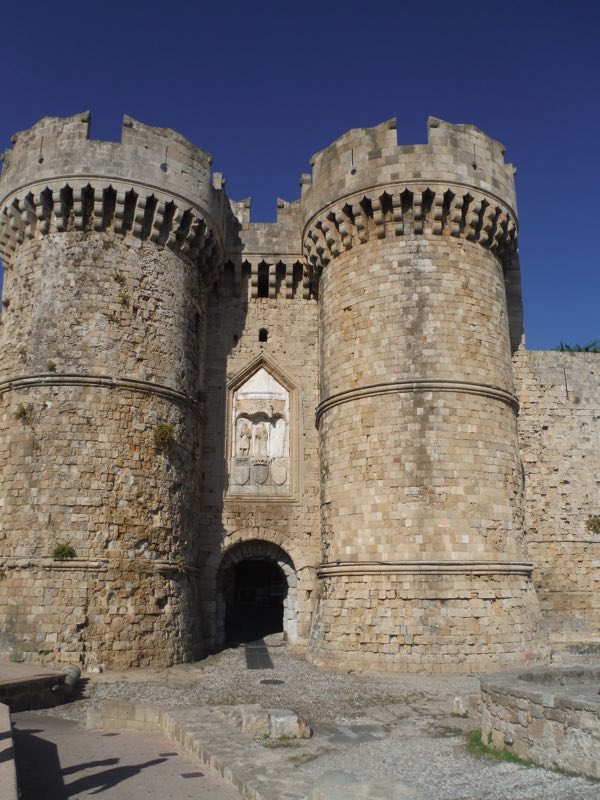 Rhodes’ most striking features now are the thick medieval fortress walls of the Old Town which is like a huge living museum. Build by the Knights of St John in 1309, the Old Town is a UNESCO World Heritage site and is THE oldest inhabited medieval town in Europe (or so they say). The centre of the city is the cobblestoned Street of the Knights, lined with the former homes of the knights of the Order of the Knights of St John. It is one of the most impressively preserved medieval streets in Europe and leads up to the dramatic Palace of the Grand Masters – the headquarters of the leaders of the Knights.
Rhodes’ most striking features now are the thick medieval fortress walls of the Old Town which is like a huge living museum. Build by the Knights of St John in 1309, the Old Town is a UNESCO World Heritage site and is THE oldest inhabited medieval town in Europe (or so they say). The centre of the city is the cobblestoned Street of the Knights, lined with the former homes of the knights of the Order of the Knights of St John. It is one of the most impressively preserved medieval streets in Europe and leads up to the dramatic Palace of the Grand Masters – the headquarters of the leaders of the Knights. 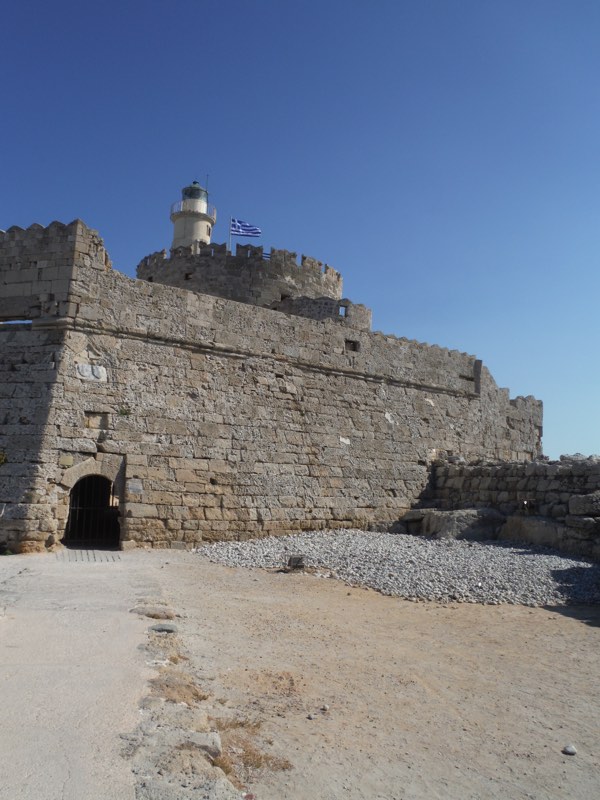
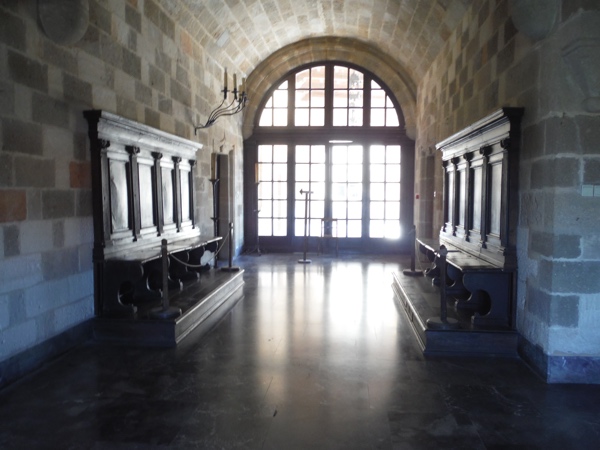
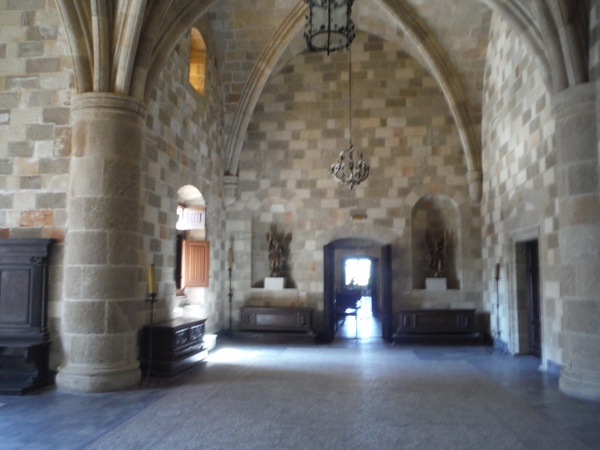
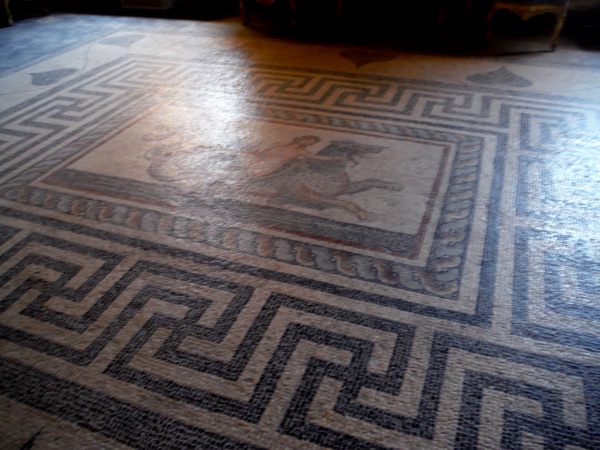
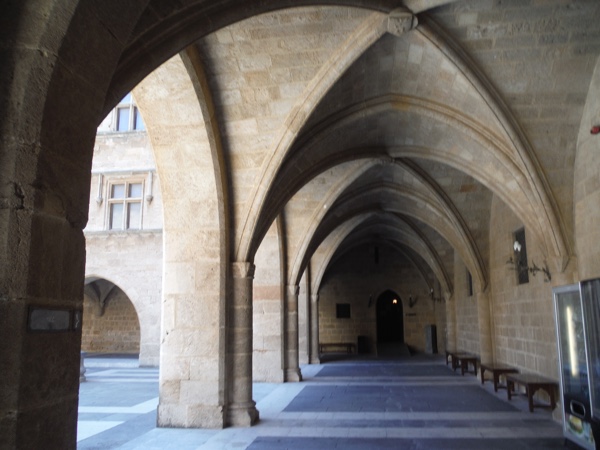
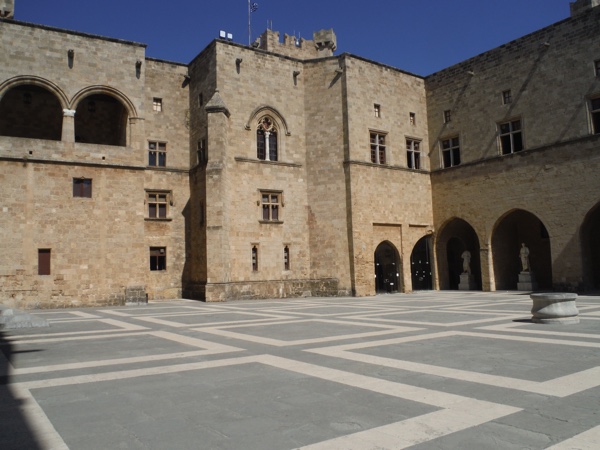
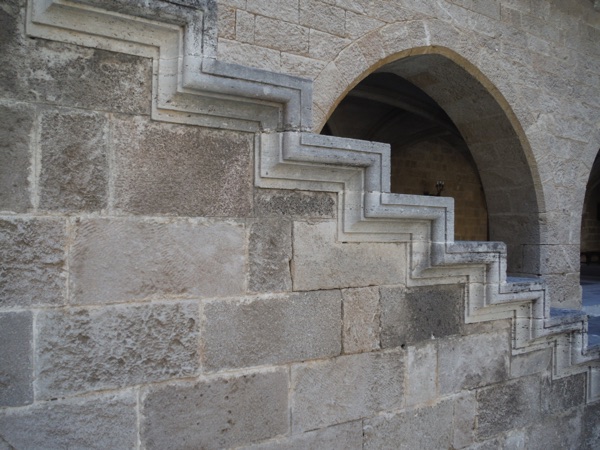
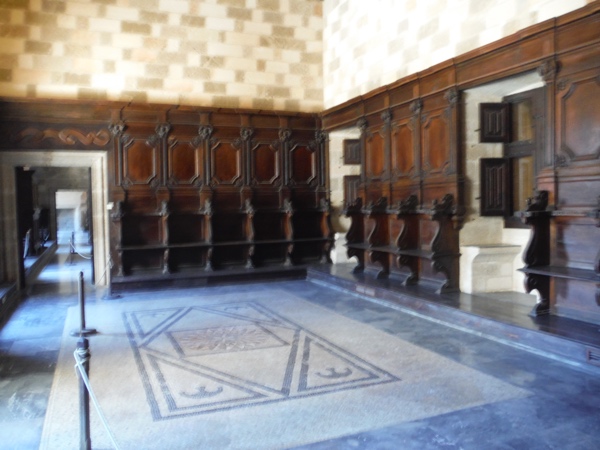 Street of the Knights
Street of the Knights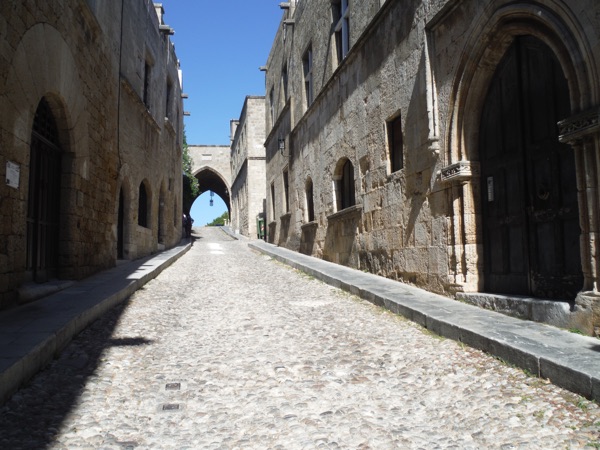
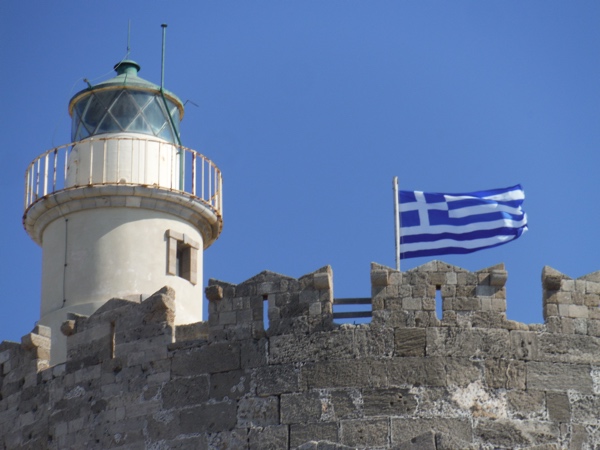 Medieval windmills – used for grinding grain etc.
Medieval windmills – used for grinding grain etc.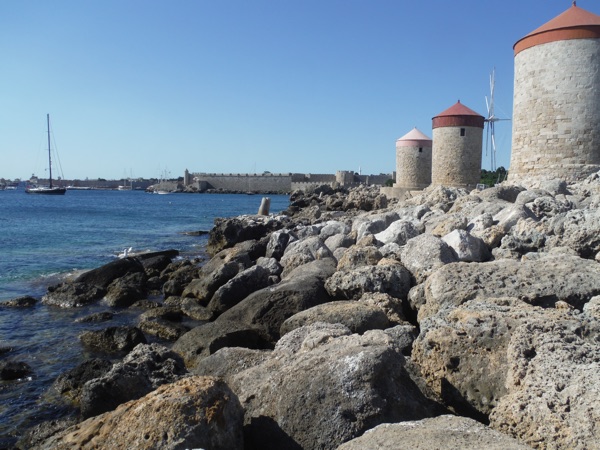 Lunch at the Socratus Garden…
Lunch at the Socratus Garden… 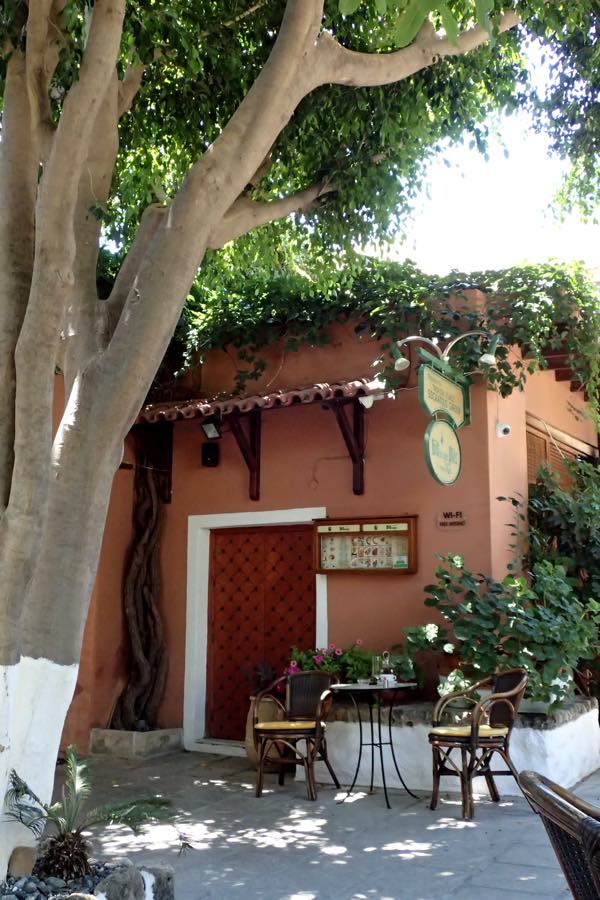
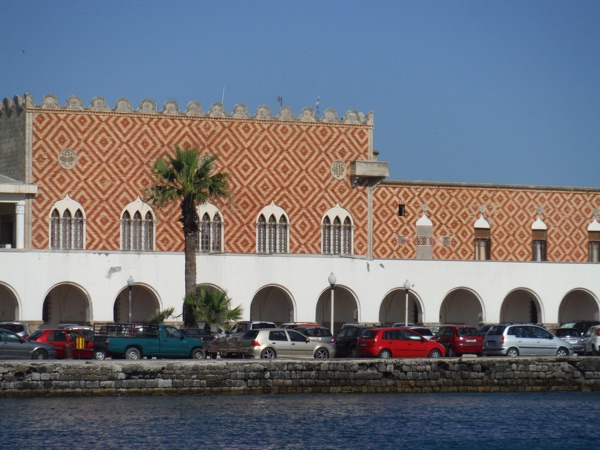
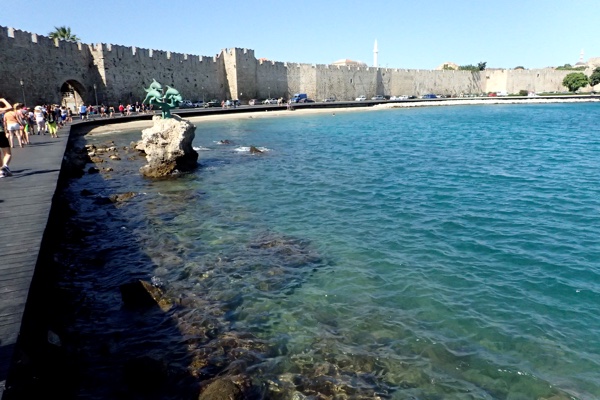
It is a truly imposing and magnificent 14th century fortress which over looks the entire city and creates a fabulous ambience for the winding old streets lined with quaint and quirky little shops. I spent a good portion of the day wandering the shops, looking at jewellery, colourful ceramics, lovely leather goods, and lots and lots of knock off shite and souvenirs. 🙂 But so much jewellery! Every second store was dripping with gold in the windows… and much of it in really unusual designs unique to the region. Beautiful Byzantine styled pieces that looked like replicas from museum pieces. So much gold everywhere you looked.
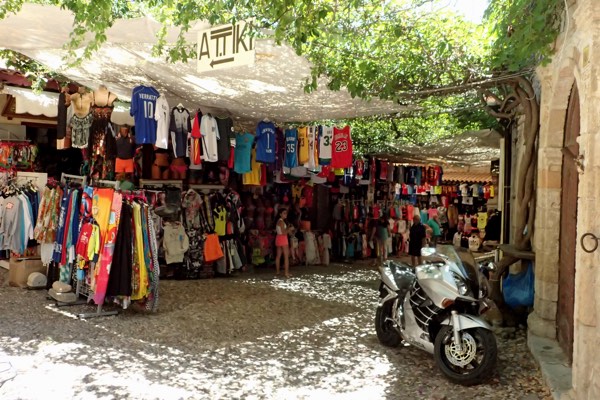
The menfolk were drooling over watches, and half the ladies in our group came back to the ship with new jewellery. I bought a couple of little bowls which I am now going to have to carry all the way home in my hand luggage, and we are having serious remorse over not having purchased a fabulous Greek Key/Meandros designed necklace that sparkled with 15ct of sapphires. So many beautiful pieces!
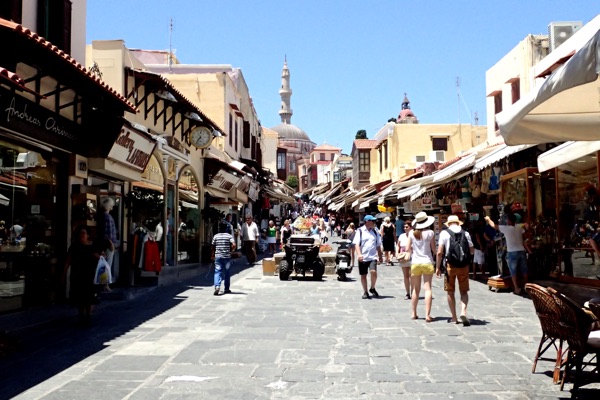
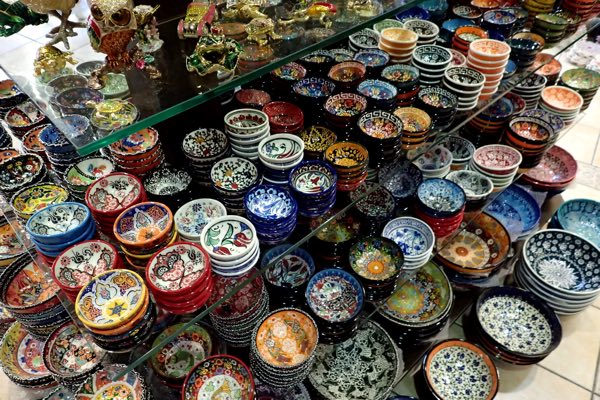
Anyway, lots of shopping, lovely Greek lunches and free wifi. Rhodes: two thumbs up. 10/10 would come back again.
